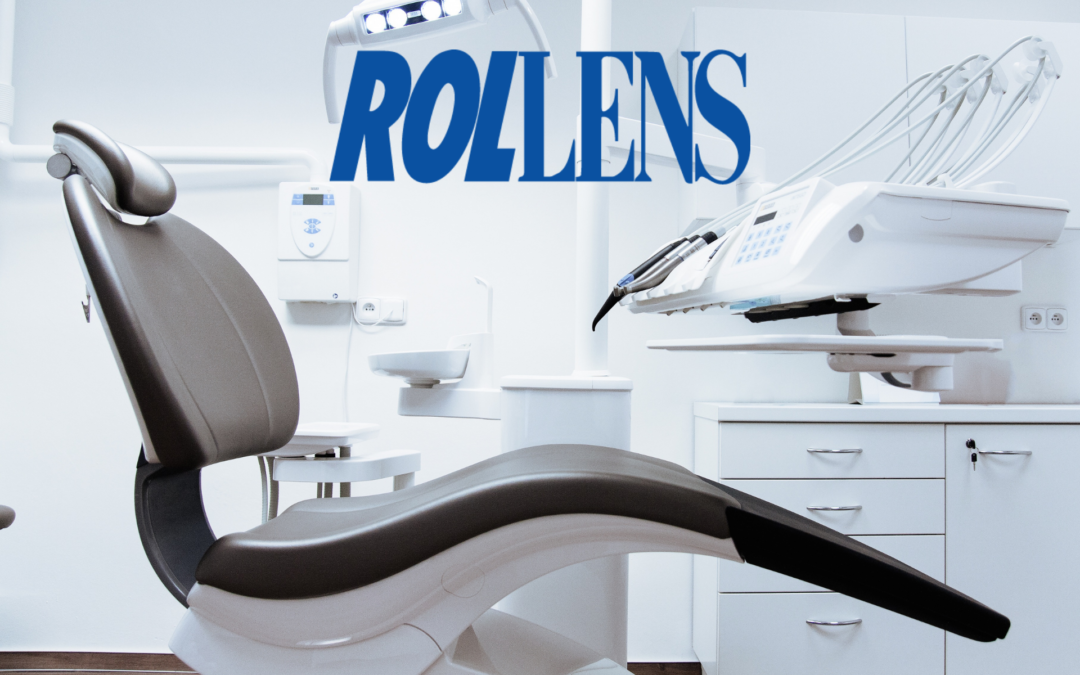Helping Patients Choose the Right Toothpaste for Their Oral Health Needs
Walking down the oral care aisle of the store, patients are presented with many different options for mouthwash, toothpaste, toothbrushes, and floss. The concerns your patient may have could differ from the concerns you, as the dentist, have for their oral health. Your patient may be worried about yellowing teeth, while you find plaque control much more important.
So when it comes to selecting the right toothpaste, it is important to educate your patients on their unique needs as well as how to choose the right toothpaste for those needs. Here is how you can educate patients on their toothpaste options and how they can make the right choice.
1 | Talk About Their Oral Health Needs
While it is key to listen to your patients about what they think is important (like whitening), it is also important to stress their unique oral health needs. Talk to them earnestly about the oral health issues they are having. Is it bad breath due to a buildup of bacteria or gingivitis, enamel erosion, plaque control, or sensitivity? Help them understand what is the most pressing issue for them to address when it comes to their oral health.
2 | Go Over Toothpaste Options
Next, talk to your patient about their different toothpaste options that will help address their specific needs. Tell them what to look for on packaging that will help them choose the right toothpaste option. For example, if they have issues with plaque, they should select a plaque control toothpaste. If they have sensitivity issues, a toothpaste designed for sensitive mouths that can help combat sensitivity should be recommended.
Also stress that the toothpaste brand they select should be considered acceptable by the ADA (American Dental Association) as safety is very important. Brands not cleared with the ADA could contain unknown chemicals or potentially harmful materials. The toothpaste should also have the recommended amount of fluoride (a minimum of 1,000 parts per million). This will help maximize the benefits they receive from the toothpaste.
Lastly, if you have a specific brand that you like to recommend, let your patient know!
3 | Talk About the Tools Too
Toothpaste isn’t the only thing that can help with improving mouth health. The toothbrush, mouthwash, and floss they use also make a difference in helping improve oral health. For example, if your patient takes medications that lead to dry mouth, talk to them about using a mouthwash designed for dry mouth and how chronic dry mouth can lead to some serious oral health issues. Other recommendations may include using a water flosser if your patient is reluctant to use regular floss, or a specific softness of toothbrush bristles or toothbrush head size. All of these elements, combined with the type of toothpaste used, can lead to better oral health!
Final Thoughts
Your patients rely on your knowledge of oral health and dental products. Be sure to listen to their concerns and to not dismiss them. But also stress what you think is the most important mouth health issue for your patient to address, and the consequences of not addressing those issues with the correct toothpaste, mouthwash, floss, and tools. Having an open and honest conversation with patients about your recommendations will help them make the right choice when they are in the oral care aisle of their store–and it will lead to oral health improvement!

